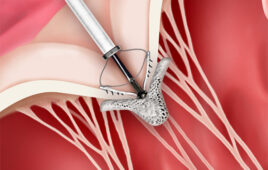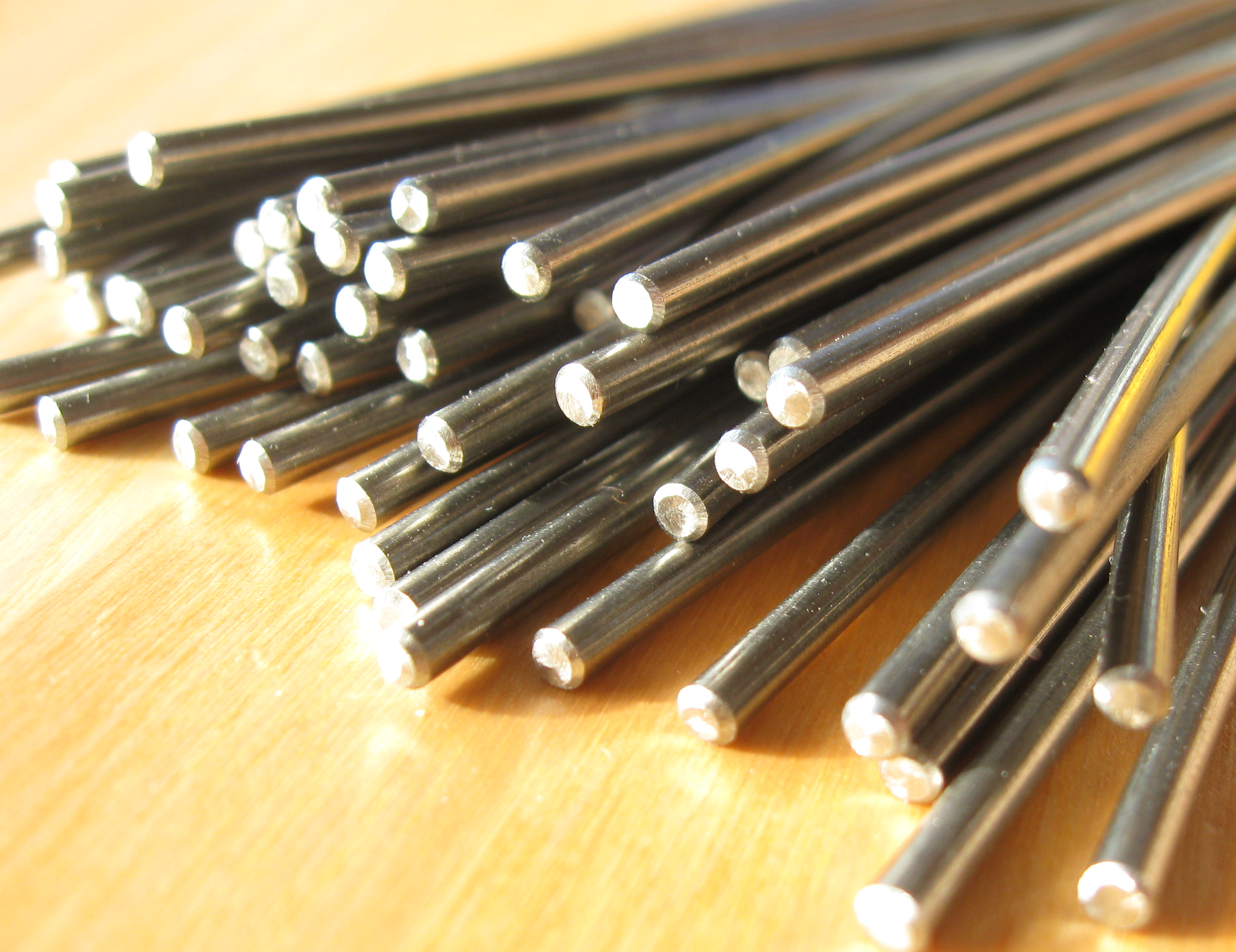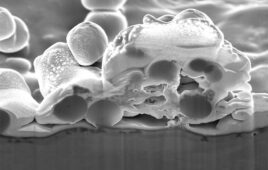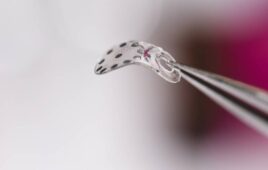 |
|
Mice were flown aboard shuttle flights STS-133 in March 2011 and STS-135 in July 2011 as part of the Commercial Biomedical Testing Module-2 (CBTM-2) and CBTM-3 investigations into how space affects muscle and bones. Studies implicated oxidative stress in eye damage. Spaceflight exposes astronauts – and mice – to radiation, hypothermia, hypoxia and variations in gravity, all of which may play roles in tissue injury, and, in particular, oxidative stress. Read: Orbital Samples with Sight-Saving Potential Expedition 33 flight engineer Akihiko Hoshide of the Japan Aerospace Exploration Agency performs ultrasound eye imaging in the Columbus laboratory of the International Space Station. Human research adds to model animal studies to build knowledge of eye health during spaceflight. Credit: NASA |
 |
| This is retina tissue from a normal mouse (A) and after spaceflight (B) indicate oxidative damage, identified with green fluorescence. Nuclei are stained blue.
Credit: Radiation Research |
 |
| This is a magnification of mouse retina flown in space, (A) low and (C) high magnification, with glial fibrillary acid protein in red. (B) and (D) show low and high magnification, respectively, of optic nerve with accumulation of beta-amyloid (brown) in the retinal ganglion cells.
Credit: Gravitational and Space Research |




